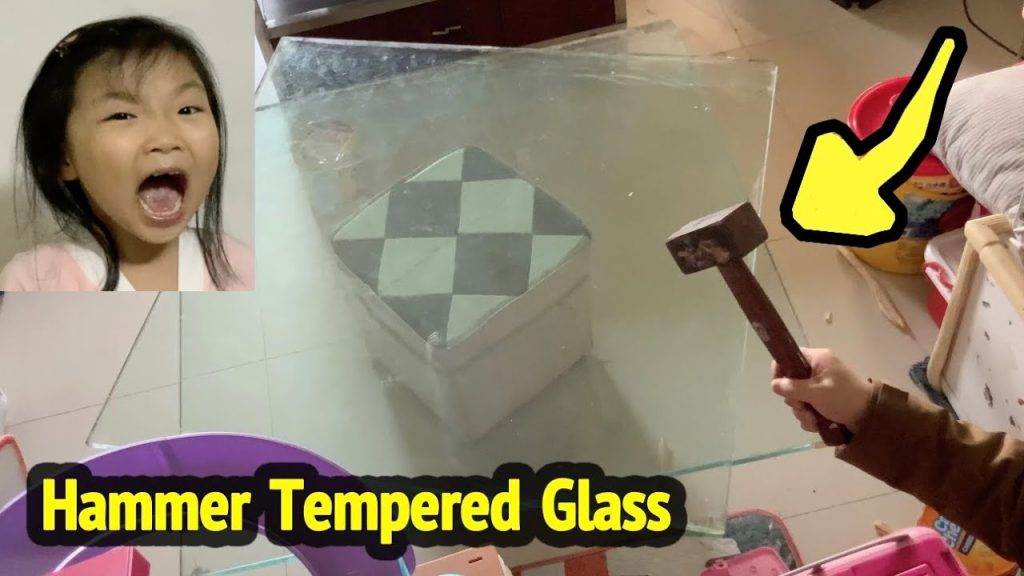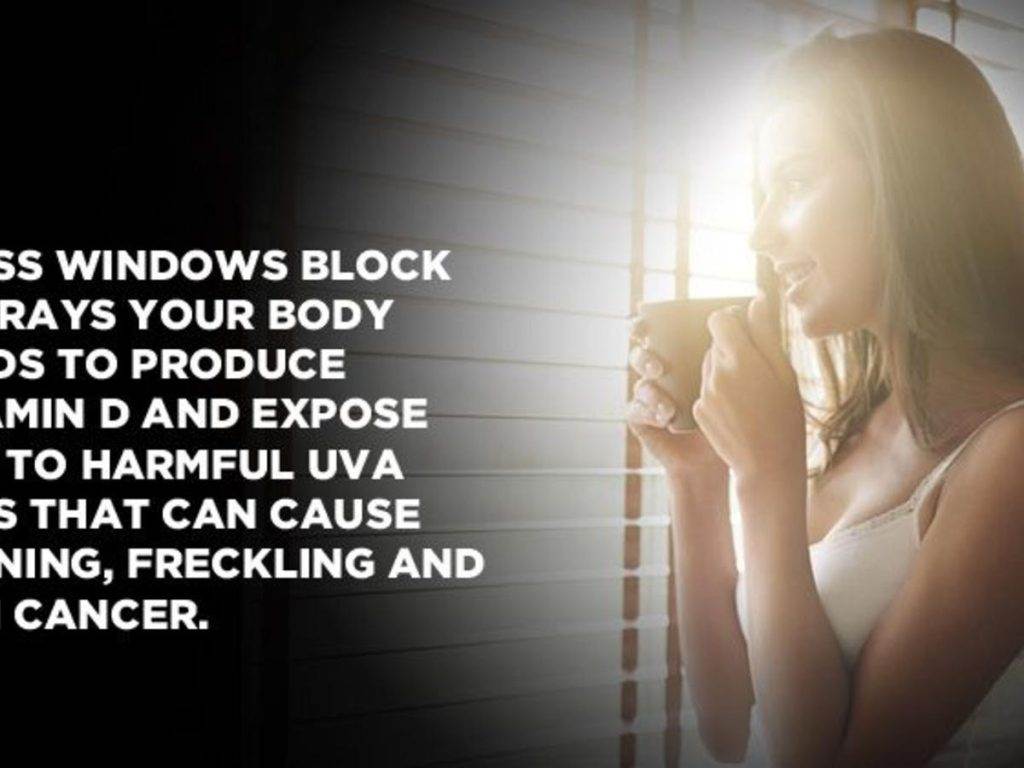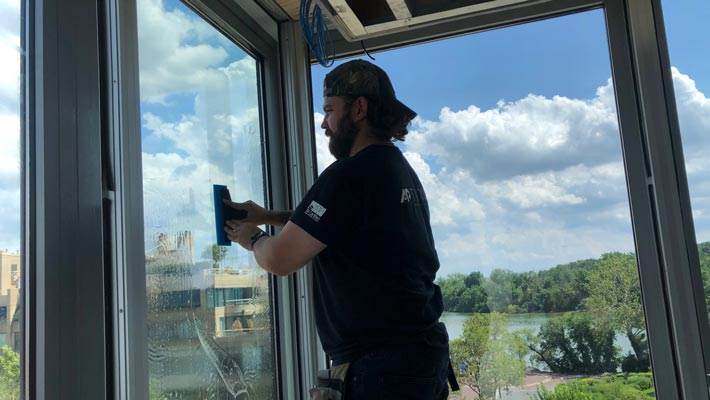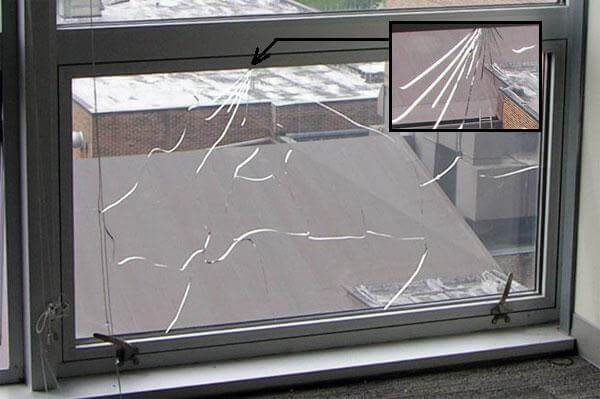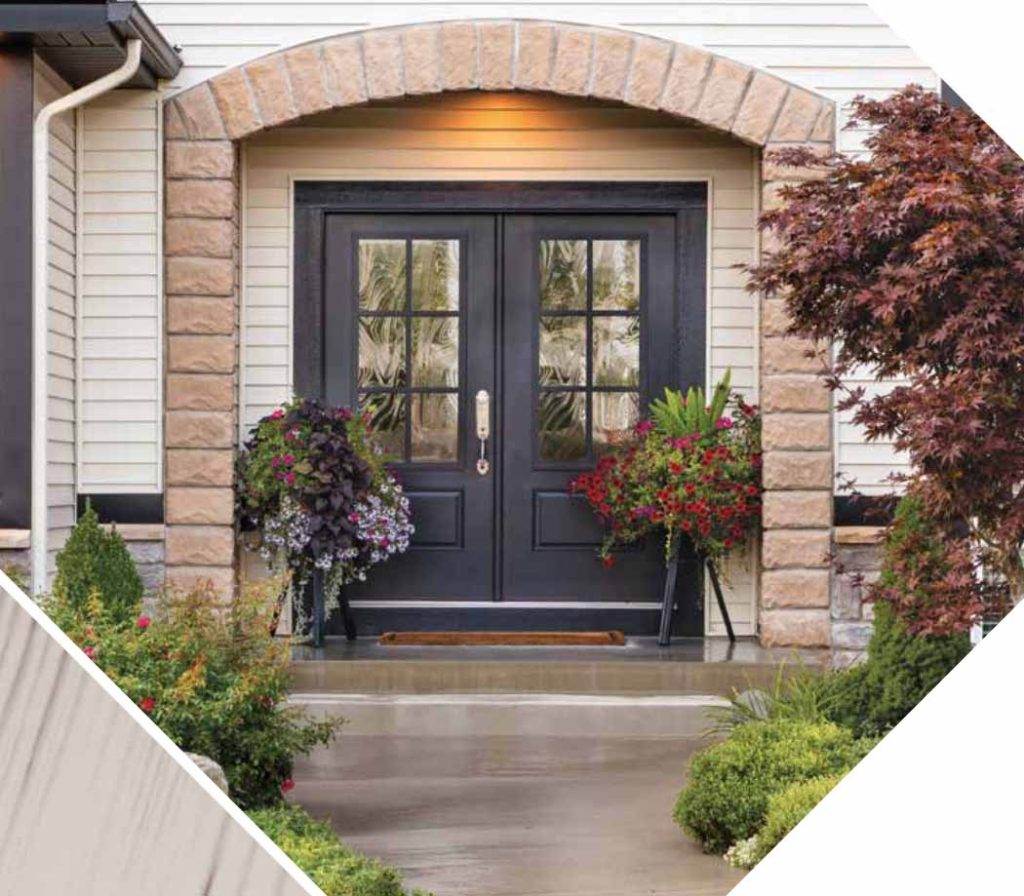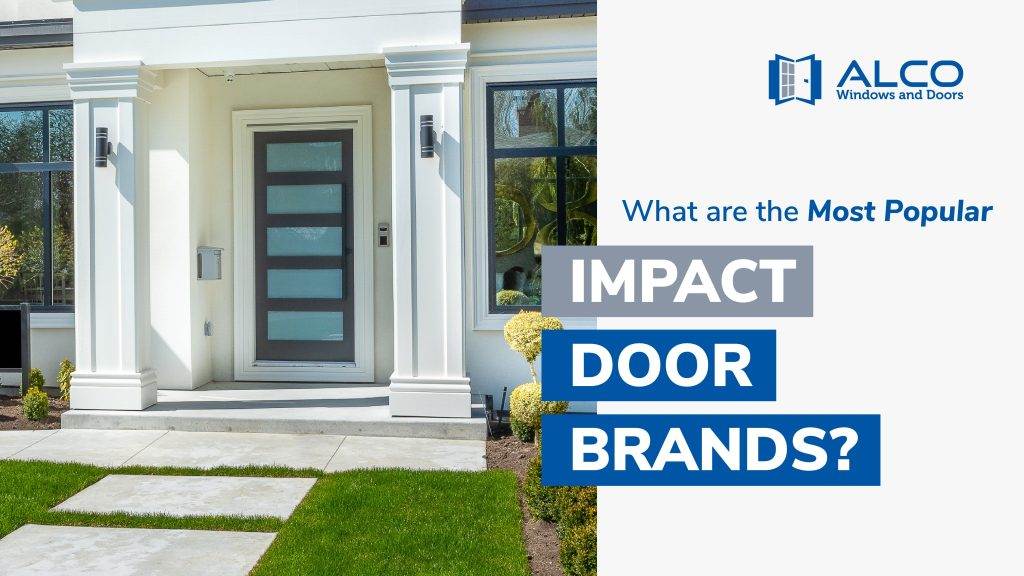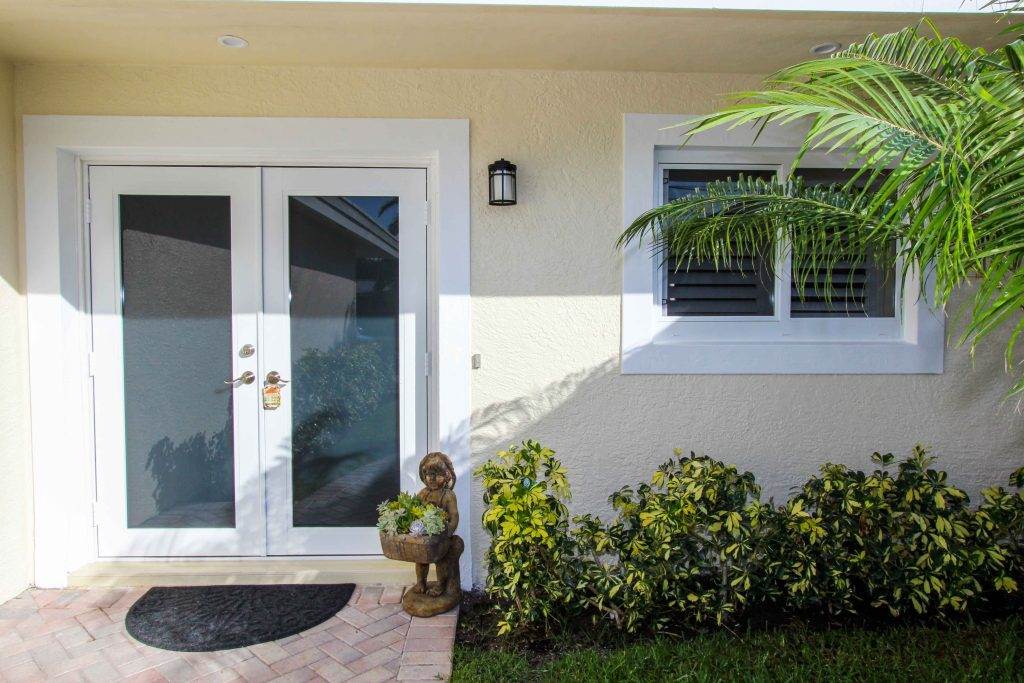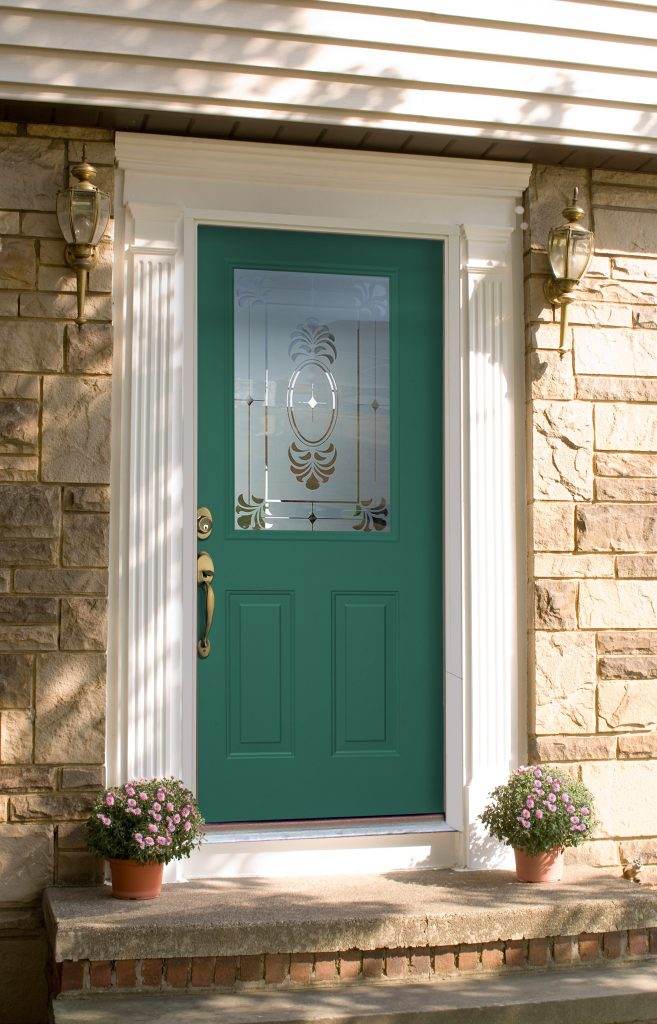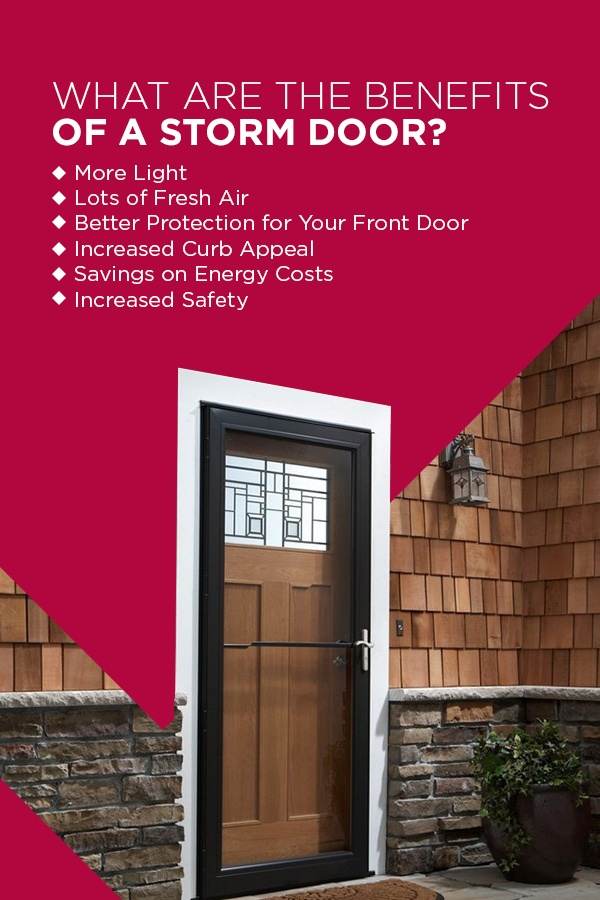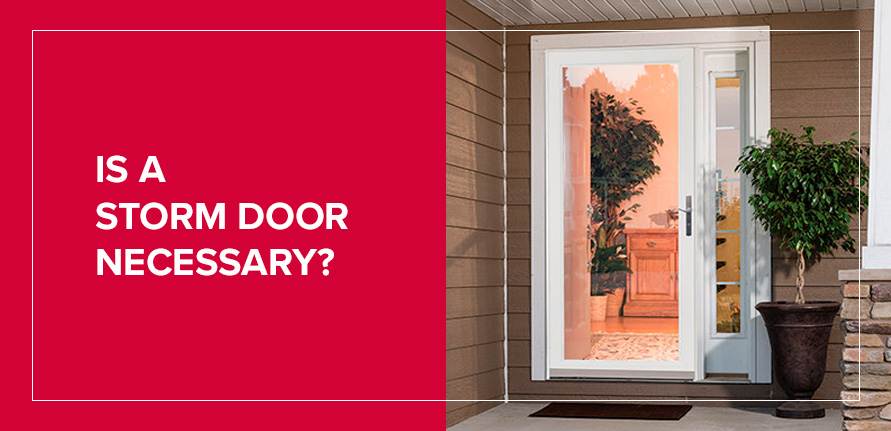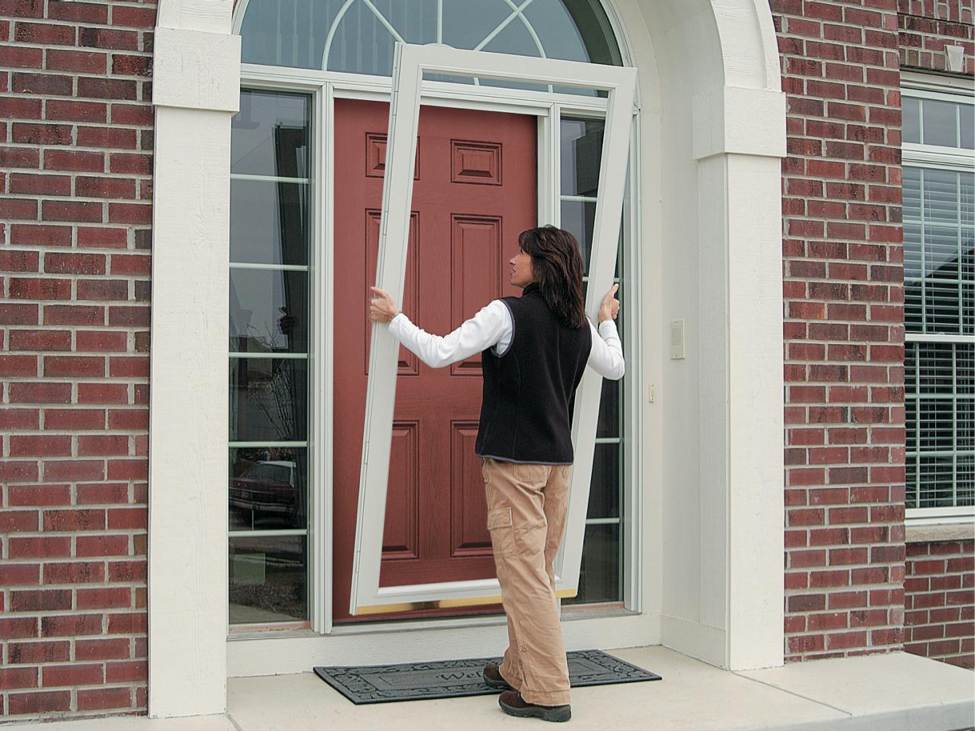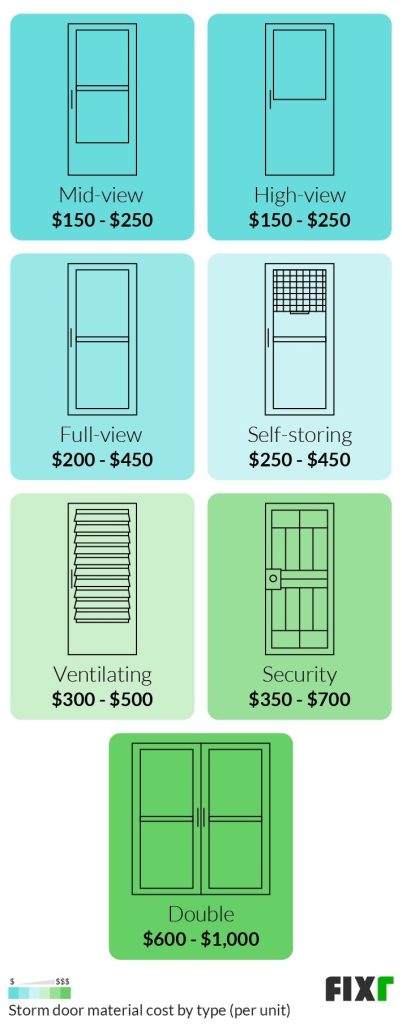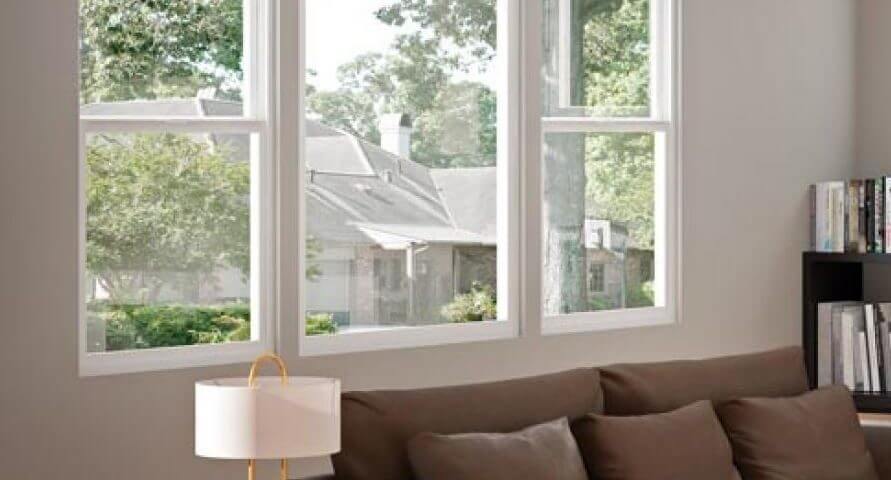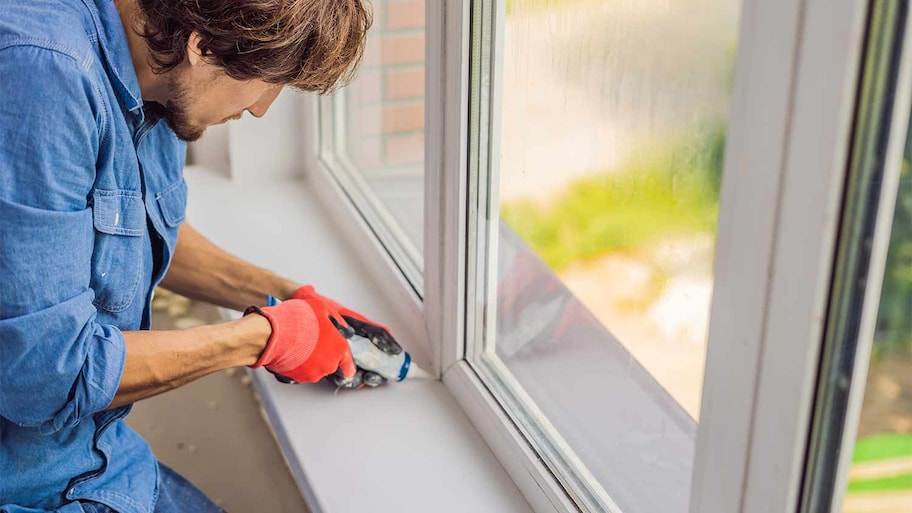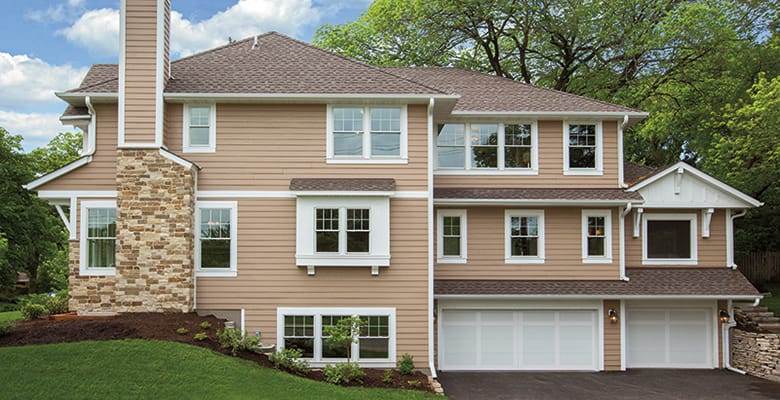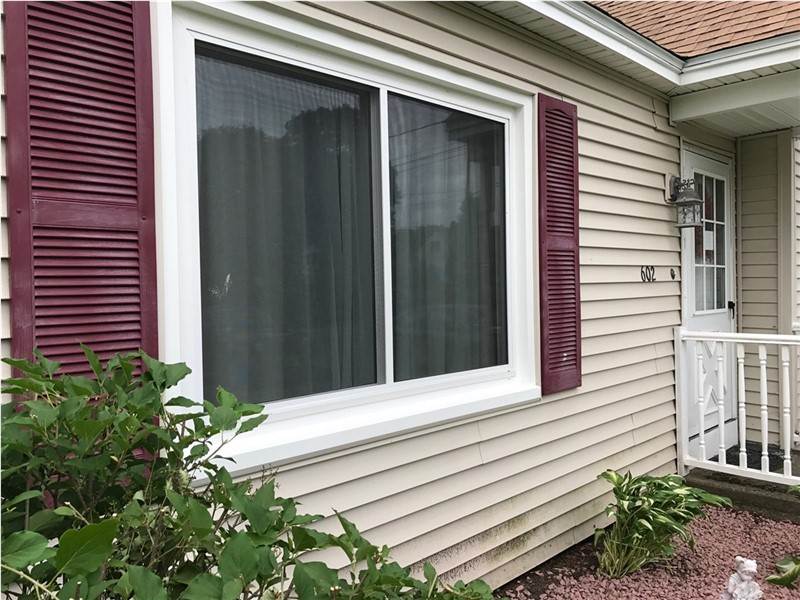Alright folks, let’s talk about one intriguing question that has left us scratching our heads: can a bullet go through hurricane-proof windows? We’ve all seen those powerful windows designed to tower against the wrath of Mother Nature, but what happens when something as powerful as a bullet comes into play? We’re about to explore the fascinating world of ballistics and hurricane-proof technology to uncover the truth behind this mind-boggling question. So, buckle up, because we’re about to witness the ultimate showdown between destructive force and resilient innovation.

This image is property of info.alcoimpact.com.
What are hurricane proof windows?
Definition of hurricane proof windows
hurricane proof windows, also known as impact-resistant windows, are specially designed windows that are built to withstand the powerful forces of hurricanes and other severe weather events. These windows are constructed with durable materials and reinforced structures to provide enhanced protection against strong winds, flying debris, and water intrusion.
Features and characteristics of hurricane proof windows
Hurricane proof windows possess several key features and characteristics that set them apart from traditional windows. Firstly, they are made using impact-resistant materials such as laminated glass or polycarbonate, which are highly resistant to shattering upon impact. Additionally, these windows are equipped with reinforced frames and robust locking mechanisms to secure them in place during extreme weather conditions. Furthermore, hurricane proof windows undergo rigorous testing and certification processes to ensure their effectiveness in withstanding high winds, pressure differentials, and airborne projectiles.
How are hurricane proof windows tested?
Testing procedures and standards for hurricane proof windows
To determine the effectiveness of hurricane proof windows, they undergo standardized testing procedures to evaluate their performance under various scenarios that simulate real-world hurricane conditions. One commonly used testing standard is the American Society for Testing and Materials (ASTM) E1996 and E1886. These tests involve subjecting the windows to wind pressures, debris impact, and water penetration, among other criteria.
Different levels of hurricane resistance
Hurricane proof windows are classified into different levels of hurricane resistance, which are typically denoted by specific ratings such as the Miami-Dade County (MDC) Building Code certifications. These ratings indicate the windows’ ability to withstand increasingly severe weather conditions. For example, a window with an MDC HVHZ (High-Velocity Hurricane Zone) certification has been tested to withstand wind speeds of up to 180 mph and the impact of large debris.
Understanding bullet penetration
Factors affecting bullet penetration
Bullet penetration through hurricane proof windows depends on several factors, including the type and caliber of the bullet, the distance from which it is fired, and the angle of impact. The velocity and kinetic energy of the bullet also play a significant role, as higher velocities can increase the likelihood of penetration. However, hurricane proof windows are not primarily designed to stop bullets, but rather to provide protection against the forces of hurricanes and severe weather events.
Types of bullets and their capabilities
Different types of bullets have varying capabilities when it comes to penetrating materials. Full metal jacket (FMJ) bullets, commonly used in military and law enforcement applications, are less likely to penetrate hurricane proof windows due to their hard metal casing. On the other hand, hollow point or armor-piercing bullets may have a higher chance of penetrating glass, especially if fired from a closer range or with higher velocities.
The materials used in hurricane proof windows
Types of glass used in hurricane proof windows
Laminated glass is the most commonly used type of glass in hurricane proof windows. It consists of two or more layers of glass bonded together with an interlayer of polyvinyl butyral (PVB) or ethylene-vinyl acetate (EVA). This construction gives laminated glass its ability to resist shattering upon impact. Another option is polycarbonate, a transparent and highly durable plastic material that can provide excellent impact resistance.
Impact-resistant glazing and its effectiveness
The impact resistance of hurricane proof windows is largely attributed to the use of impact-resistant glazing. This feature prevents the glass from breaking into sharp shards that can cause injuries and damage. Instead, when an impact occurs, the glass may crack but remains intact, held together by the interlayer material. This added layer of protection not only helps in preventing penetration but also helps maintain the integrity of the window, even if it sustains damage.

This image is property of adorable-home.com.
The structural design of hurricane proof windows
Reinforcements and reinforcements
The structural design of hurricane proof windows includes various reinforcements to ensure their durability and strength. These reinforcements can be found in both the window frame and the glass itself. For example, in the frame, metals such as aluminum or steel are often used to provide additional support and rigidity. The glass may also be reinforced with polyester or fiberglass layers to enhance its resistance to impacts.
Frame materials and construction techniques
The choice of frame materials and construction techniques plays a crucial role in the overall performance of hurricane proof windows. Aluminum frames are commonly used due to their strength, durability, and resistance to corrosion. Vinyl frames, while less rigid, can still provide adequate protection if reinforced with metal or fiberglass. Additionally, the construction technique, such as fusion welding or mechanical fastening, ensures the frame’s stability and ability to withstand the forces exerted during a hurricane.
Comparing hurricane proof windows to traditional windows
Strength and impact resistance
When comparing hurricane proof windows to traditional windows, the most obvious difference lies in their strength and impact resistance capabilities. Traditional windows often use single-pane glass, which is more susceptible to shattering upon impact. In contrast, hurricane proof windows with laminated glass or polycarbonate offer significantly higher resistance to breaking or penetrating. This can provide a crucial advantage during severe weather events, where debris and strong winds pose significant threats.
Energy efficiency and insulation properties
Another aspect to consider when comparing hurricane proof windows to traditional windows is their energy efficiency and insulation properties. Hurricane proof windows are often designed with multiple layers and additional coatings to enhance their insulation capabilities. This can result in improved thermal insulation, reduced energy loss, and a more comfortable indoor environment. Traditional windows, especially single-pane glass, may be less effective in preventing heat transfer and maintaining energy efficiency.

This image is property of i.ytimg.com.
Case studies and real-world tests
Examples of bullet testing on hurricane proof windows
While hurricane proof windows are not primarily designed to stop bullets, there have been instances where their bullet resistance has been put to the test. For example, during law enforcement operations or security incidents, hurricane proof windows have been shown to provide a level of protection against gunfire. Real-world tests have involved firing various calibers of bullets at hurricane proof windows from different distances to assess their ability to stop or slow down projectiles.
Results and findings from actual incidents
The results from these real-world tests have shown that hurricane proof windows can provide some level of protection against bullets. However, it is essential to note that their bullet resistance may vary depending on the specific circumstances and the types of bullets used. In some cases, the impact may cause cracks or weaken the glass, allowing for potential penetration in subsequent shots. While hurricane proof windows can offer a degree of ballistic resistance, relying solely on them for bullet protection may not be sufficient in high-risk situations.
Practical considerations
Location and intended use of the windows
When considering the installation of hurricane proof windows, it is important to assess the location and the intended use of the windows. Areas prone to hurricanes or severe weather events would benefit greatly from the added protection of hurricane proof windows. Additionally, buildings in high-crime areas or those with heightened security concerns may benefit from the bullet resistance capabilities of these windows. Evaluating specific risks and needs will help determine the appropriate level of protection required.
Necessity of additional security measures
While hurricane proof windows offer enhanced protection, it is important to recognize that they are just one component of a comprehensive security solution. Depending on the level of security required, additional measures such as security cameras, alarms, or reinforced doors may be necessary. The combination of multiple security measures can provide a layered defense approach that addresses various threats and ensures overall safety.
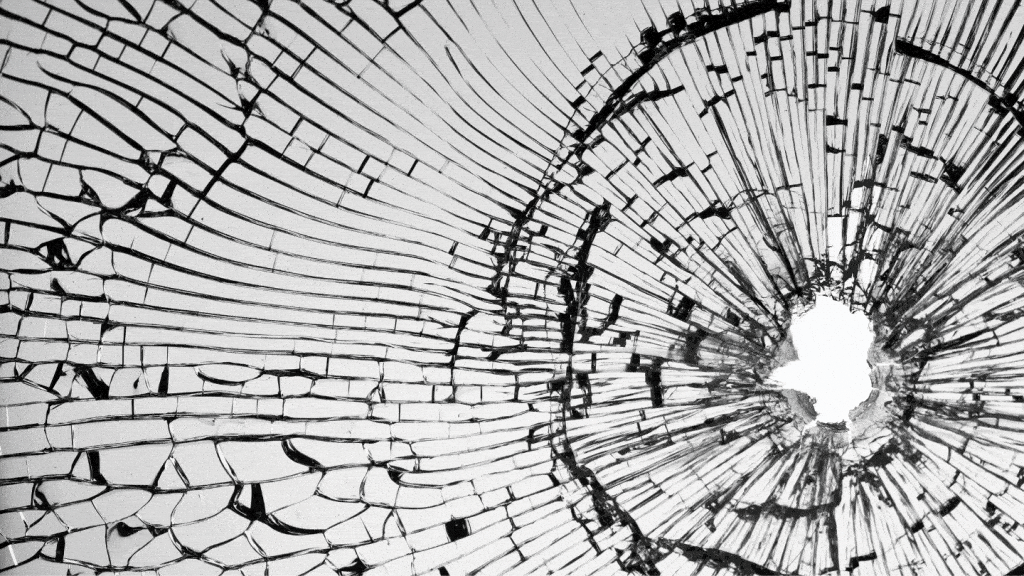
This image is property of info.alcoimpact.com.
Limitations of hurricane proof windows
Potential weak points and vulnerabilities
Despite their durability and impact resistance, hurricane proof windows do have some limitations and potential weak points. For instance, windows with larger glass panels may be more susceptible to damage, as the larger area provides a greater target for impacts. Additionally, if the frame or surrounding structure is compromised, it can undermine the effectiveness of the window. Furthermore, excessive pressure differentials or prolonged exposure to extreme conditions may eventually lead to window failure.
Recognizing the importance of other security measures
While hurricane proof windows can offer protection against severe weather events and some level of ballistic resistance, it is essential to recognize the importance of other security measures. Relying solely on hurricane proof windows for security needs may leave vulnerabilities in other areas of a building or property. A comprehensive approach that includes proper lighting, surveillance systems, secure entry points, and trained personnel should be considered to address potential security threats effectively.
Conclusion
Balancing hurricane protection and bullet resistance
Hurricane proof windows are invaluable in protecting buildings and occupants from the devastating effects of hurricanes and severe weather events. Designed to withstand high winds, flying debris, and water intrusion, these windows provide a crucial safeguard for properties in vulnerable areas. While they may offer some level of bullet resistance, it is important to remember that their primary purpose is to protect against natural disasters, and additional security measures may be necessary to address specific security needs.
The need for comprehensive safety measures
In conclusion, the installation of hurricane proof windows can significantly enhance the safety and security of a building. However, it is essential to adopt a comprehensive approach that combines various security measures to meet the specific requirements of the location. By considering the potential threats, understanding the limitations of hurricane proof windows, and implementing appropriate security measures, individuals can create a safer environment that provides protection against both hurricanes and potential acts of violence.
This image is property of qph.cf2.quoracdn.net.


